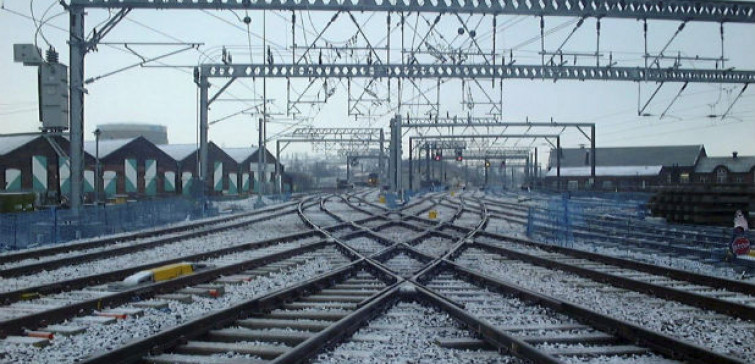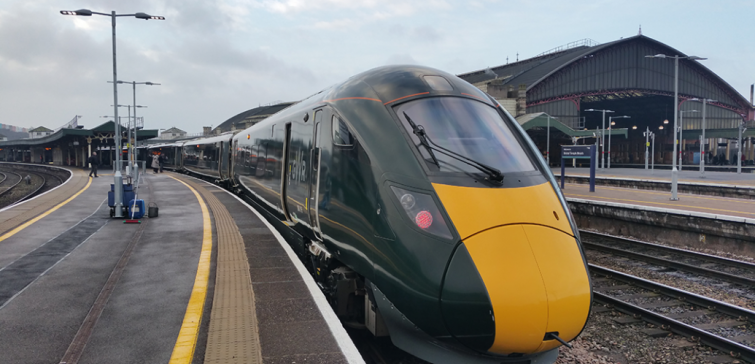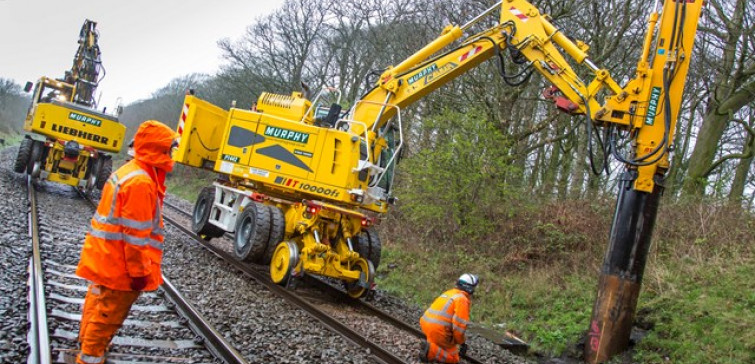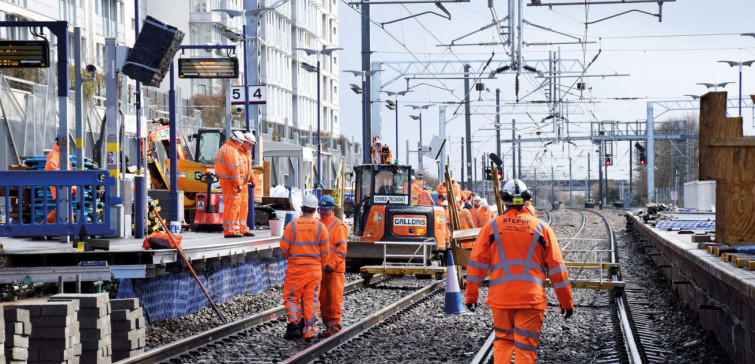Great Western Electrification
The UK Department for Transport has set out its commitment to install 25kV Overhead Line Electrification (OLE) along substantially more of the rail network in Britain.
This scheme is to electrify the Great Western Main Line (GWML) between Maidenhead in the east; and Bristol and Cardiff in the west. It includes spurs north to Oxford and south-west to Newbury.
Electrification of the GWML between Stockley Junction, near Heathrow, and the London terminus at Paddington has already been undertaken. Electrification between Stockley Junction and Maidenhead will be undertaken as part of the Crossrail project by Network Rail Infrastructure Projects.
The project utilises the latest in high output OLE equipment to deliver the extensive programme.
Great Western Electrification
The Great Western Mainline was constructed by Isambard Kingdom Brunel and opened in 1838. It has many historic Grade 1 and 2 listed structures and is included as ‘tentative’ on the United Nations Educational, Scientific and Cultural Organisation (UNESCO) list of potential World Heritage Sites.
Network Rail are responsible for enabling the introduction of Intercity Electrification Project (IEP) and Electrical Multiple Units (EMU) electric trains onto the Western and Wales Region.
The main scope of works is:
- electrification and structure gauge clearance of routes from Maidenhead to Oxford, Newbury and Bristol by December 2016 and Cardiff by December 2017
- creation of three new National Grid Bulk power supplies
- construction of 50 new auto-transformer sites
- structured clearance of around 160 bridges and four long tunnels
- immunisation of the signalling system along the routes
- erection of 22,000 OLE structures
- wiring of over 1000km of track
- development of options to electrify Welsh Valley routes including Cardiff to Swansea and other routes off the GWML.
Great Western Electrification
The infrastructure upgrades have allowed the introduction of electric trains on the route which will bring the following benefits:
- 20% more seats than diesel trains
- electric trains are lighter than diesel and, therefore, damage the track less
- electrified lines produce 25-30% less carbon than diesel lines
- zero emission at the point of use
- quieter train when travelling and whilst waiting at stations
- electric trains are cheaper to operate, require less maintenance and have lower energy costs.
Great Western Electrification
Client: UK Department for Transport
Location: Western England and Wales, UK
Start date: 2012
End date: Bristol, Newbury and Oxford: 2016
Cardiff: 2017
Duration: 48-60 months
Services provided: Electrification and power supply, railway performance & whole life cost analysis, feasibility design, programme management









